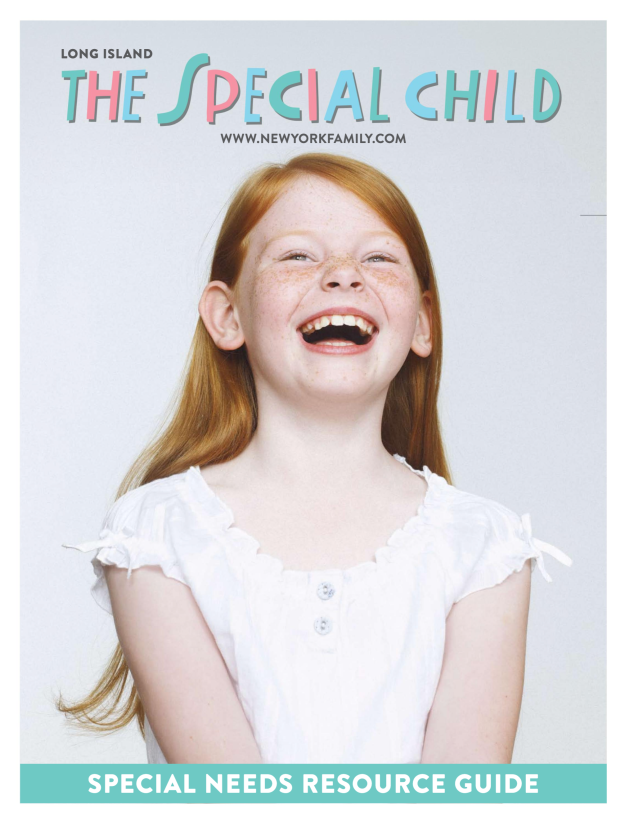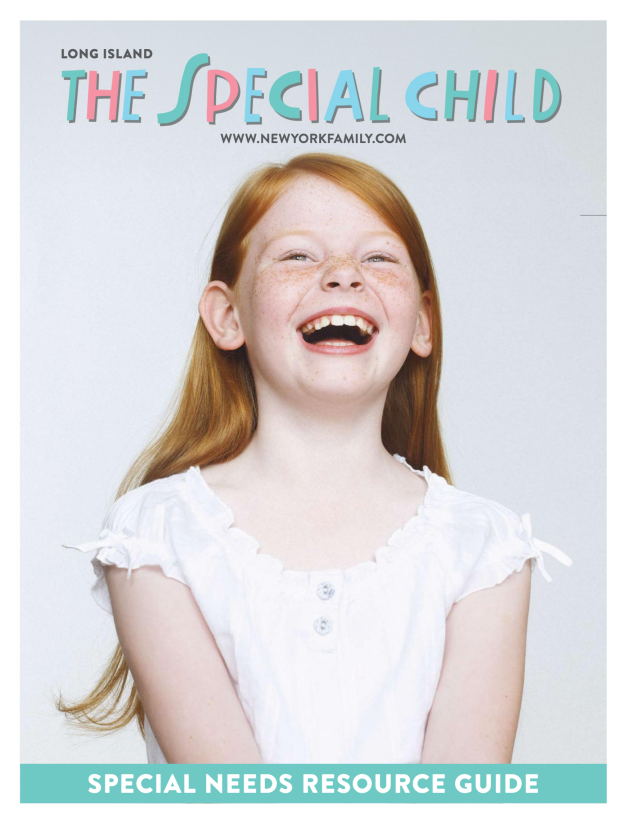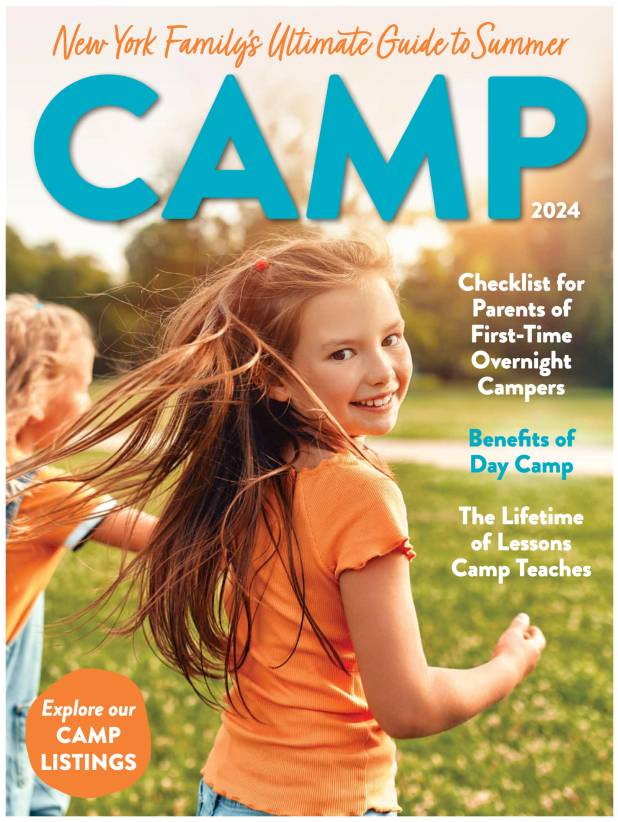With childhood obesity affecting one in five children, camps play a vital role in turning back this national trend. Camps are important partners for parents and children who want to make positive changes that keep kids active and eating right all year long.
The Culprits
Health professionals agree that numerous environmental and social factors are at play when it comes to the eating and exercise behaviors of young people. With the availability of buses and carpools, the era of “walking uphill two miles to school every day” is long gone for most kids. Outside play is also decreasing, as children are spending much more time indoors than children ten or twenty years ago.
It’s no surprise to concerned parents that many children spend too much time with inactive technology, devoting as much as three to five hours a day to TV or computer-related entertainment. Almost everyone is familiar with the Food Guide Pyramid, but not many people are as familiar with the Physical Activity Pyramid. According to the Council for Physical Education for Children, sixty minutes is the minimum amount of physical activity recommended for children. Ideally, children should engage in flexibility games and exercises as well as muscular fitness activities at least three times a week, have active aerobics, active sports and recreation activities be a part of each day’s activities, and gather many of the sixty minutes of moderate and vigorous activities from outside play, games, walking and other physical exercise. Camps offer an optimal environment to encourage varying levels of physical challenges, teach lifelong active recreational pursuits, and establish opportunities to learn active lifestyle behaviors.
A Healthy Attitude at Camp
Camps and their staffs make sure that camp programs offer opportunities for healthy and active living. If children begin to change some of their food and activity habits at camp, they might be able to transfer some of these behaviors when they return home.
• Camps can help children learn to like foods that are good for them by presenting good choices in a fun, safe environment.
• Camps can provide older children and young adults as mentors for the children, to support positive, healthy behavior.
• Camps can teach children that physical exercise is fun and can be an activity of choice over television and video games.
• Camp environments can become the safest activity-oriented learning center outside the school system by working in tandem with education and nutrition.
Food and Nutrition at Camp
Many camps look for innovative, fun, tasty ways to provide healthy choices and decision-making skills to their campers. The following list includes some “tried-and-true” techniques found at camps.
• Teach children to alter food preferences by giving them good choices
• Offer taste tests, expose children to new foods
• Encourage eating breakfast
• Reduce “fast food” and junk food for snacks and side dishes (chips, cookies, candy, etc.), provide healthy options at the snack bar or camp store
• Educate children about healthy eating and knowing when to stop eating
Physical Activity at Camp
Most camp programs are synonymous with activity from walking to field games, and the best camps challenge themselves every year to offer fresh activities to draw in new campers and excite returning campers.
• Physical fitness fun with contests and games
• Active role models at camp
• Physical activity that doesn’t require lots of equipment
• Activity teams or “walking buddies” programs
• Positive feedback on the process of doing your best, emphasizing participation rather than winning or being the best
• A wide variety of new and traditional activities, sports, and games
• Focus on fun and gaining a healthier lifestyle
Social Support
If young people see peers and adults they admire, like their counselors and other campers, engaged in enjoyable active pursuits, they will likely want to model a similar behavior. If your child’s favorite counselor routinely engages in games, swimming, hiking and other enjoyable activities, it’s easy to imagine that your child will follow suit. In the company of new and old friends, these new adventures, as well as the shared, nutritious meals are simply more rewarding.
Camps can play a vital role in contributing to lifelong patterns of exercise and excellent nutrition. Camp is a great place to offer good food, great activities, a positive environment, safe and secure location, and most of all, fun.
Adapted from the article “Kids and Healthy Lifestyles,” by Viki Kappel Spain; M. Deborah Bialeschki, Ph.D.; Karla A. Henderson, Ph.D., published in the September/October 2005 issue of Camping Magazine; Reprinted from CAMP by permission of the American Camp Association; copyright 2006 American Camping Association, Inc.
Originally printed in CAMP Magazine, reprinted by permission of the American Camp Association
2006 American Camping Association, Inc.


















